Introduction
According to the latest GlobeNewswire report, the Digital Experience Platform (DXP) market is expected to grow to $18.92 billion in 2027 at a Compound Annual Growth Rate (CAGR) of 11.7%. This shows that DXPs have become increasingly popular.
When implemented correctly, DXPs enable organizations to optimize their digital transformation, climb the ladder of digital maturity, and address customers' growing needs. It plays an instrumental role in enhancing customer experience across industries.
What Is A DXP?
According to Gartner,
DXP is a cohesive and integrated technology designed to enable the management, composition, optimization, and delivery of digital experiences through multiple customer journey touchpoints.
DXPs enhance customer experiences by getting rid of technology silos and providing users with access to a central hub through which one can create, manage, deliver, and optimize experiences. It can help collect data and gather insights into customer behavior that can be used to create, manage, and deliver high-quality personalized content.
DXPs pack a lot of functionalities into a single system. It combines popular technologies like Customer Relationship Management (CRM), campaign management, Digital Asset Management (DAM), personalization tools, and Customer Data Platforms (CDP). Other capabilities of a DXP include:
- Media storage and content management
- Development of portals, websites, apps, and landing pages
- Collecting customer data and content
- Utilizing data to personalize the experience
- Analytical insights
What Is A Composable DXP?
Composable DXP (Digital Experience Platform) refers to a modular approach to building a DXP by combining individual, self-contained services or capabilities. It allows organizations to select and integrate specific features, such as content management, personalization, or analytics, based on their unique requirements.
This composable architecture provides flexibility, scalability, and adaptability, enabling businesses to create tailored digital experiences for their customers. By leveraging APIs and microservices, composable DXP empowers organizations to easily assemble and reconfigure components, streamlining development processes and enhancing overall agility.
What Is A True Open DXP?
Though most DXPs are composable, the fact remains that they are also highly opinionated and do not integrate properly with other DXPs or other components of different DXPs. Prateek Jain and Dominique De Cooman in DXP Deconstructed Episode 3 also highlighted similar views.
In a true open DXP, users can switch and upgrade any components without affecting the rest of the stack. This will allow businesses to exercise complete freedom in providing their customers with the best-in-class experience without worrying about integration complexities.
How You Can Use A Composable DXP To Enhance Your Customer Experience
According to a report by PwC, 49% of consumers would walk away from a brand that delivers a bad customer experience. Another study by Salesforce found that 76% of customers expect organizations to understand their needs and expectations.
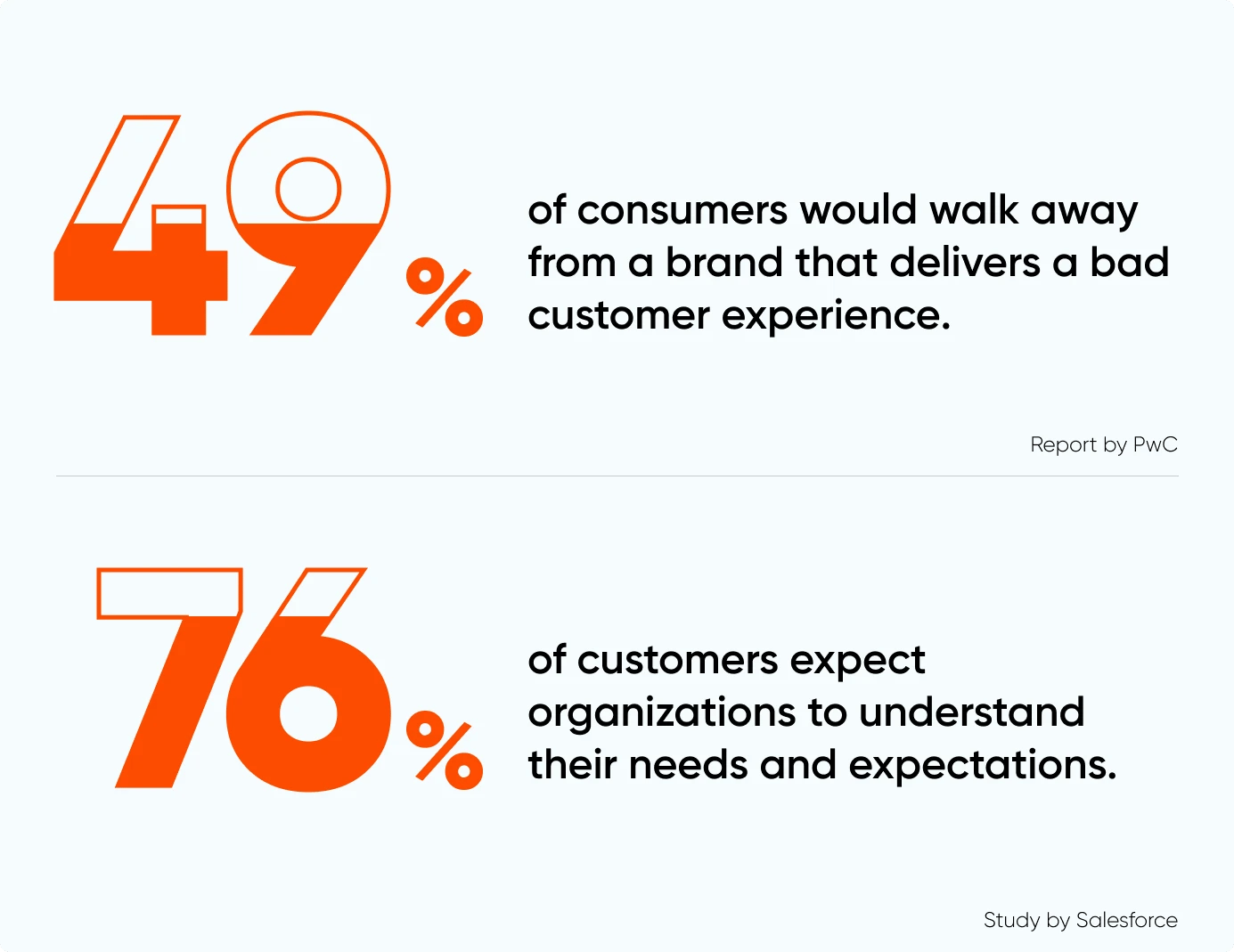
Both these reports indicate that it’s easy for customers to be dissatisfied, and personalization is the key to providing meaningful digital experiences. A composable DXP can help achieve this by:
Delivering Compelling Omnichannel Content
Organizations need to reach out to their customers across channels. A recent study by Omnisend highlighted that the purchase rate of campaigns using three or more channels is 494% higher than single-channel marketing.
Personalizing the customer experience for all these channels individually can pose a challenge for organizations using traditional marketing approaches. Composable DXPs can solve this problem by optimizing marketing efforts and controlling the experience customers get on all channels.
Ensuring Cutting-Edge, Interactive Customer Experiences
A Composable Digital Experience Platform (DXP) gathers information on challenges and obstacles in processes across various channels and devices, creating a comprehensive dataset. This data can be analyzed and utilized to enhance the digital customer experience.
Utilizing Targeted Content
Consumers consistently express their desire for content and offers that are tailored to their individual needs. They have high expectations for personalized experiences. But traditional monolithic CMS frameworks can limit the ability to deliver content specifically targeted to different customer segments.
In contrast, composable platforms provide marketers with the capability to precisely target the most responsive audiences, thereby optimizing customer acquisition and retention.
For instance, composable DXPs enable localization efforts such as translating content into local languages or automatically adapting it for different contexts and delivery channels. This empowers marketers to design campaigns that revolve around a highly personalized customer experience.
Maximizing Content Usage and Value
When data is isolated within specific divisions or verticals, its value is limited. This value multiplies when the data is accessible and utilized across all aspects of a business, enabling widespread content distribution.
A composable platform leverages APIs to distribute both legacy and new content extensively, without incurring significant expenses to adapt the content for various platforms. This enhances the value of your enduring content.
Delivering Content At Speed
A composable platform's APIs are valuable for accelerating content distribution. Unlike monolithic systems that often demand programming work or time-consuming adjustments for deployment, a composable solution eliminates this requirement for marketers.
In today's fast-paced content landscape, the speed of distribution is crucial. Additionally, organizations can provide the most relevant customer experiences by swiftly updating marketing materials to reflect new developments or changes at the product level.
Personalizing Interactions
A Composable digital experience platform offers the ability to customize a customer's experience, which is facilitated by centralizing customer data on a single platform. This platform can integrate with other systems, like CRMs, to provide a comprehensive view of the customer.
This centralized data allows for the delivery of personalized content and functionality based on contextual factors such as job role. It also enables the creation of user segments based on key audiences and behaviors.
Industries Adopting DXPs
Digital experience platforms are changing how businesses interact with their customers across industries.
Nonprofit: Transforming Digital Experience And Content Publishing For OHCHR.org
The Office of the United Nations High Commissioner for Human Rights (OHCHR) is an international organization that promotes and protects human rights globally. They needed to transform their digital experience and content publishing to reach a wider audience and improve user engagement.
Axelerant partnered with OHCHR to design and develop a new website using Drupal, a robust content management system. The experts implemented a user-centric design, improved content organization, and integrated multimedia features.
The transformation resulted in a more user-friendly website that allowed OHCHR to communicate its human rights mission effectively and engage with its global audience. The new website saw increased traffic, engagement, and positive user feedback.
Higher Ed: Engineering An Intuitive, Accessible, Secure, And Personalized DXP For UEL
The University of East London faced challenges managing content, collaboration, and personalized user experiences. They needed a solution to deliver relevant and engaging content to students, staff, and other stakeholders.
The experts at Axelerant integrated different technologies and platforms to create a centralized system for managing content, enhancing collaboration, and personalizing user experiences. This DXP solution gave UEL the tools to deliver engaging content to its stakeholders. This helped UEL successfully transform its digital presence and improve overall user experience.
Retail: Consolidating DX Across 90+ Brands For Retail Megalith
The customer is an enterprise-level retail megalith comprising some of the world's most recognized brands and household names. The franchise currently operates 90+ brands and 4000+ stores.
The client faced challenges in frontend development, specifically managing their franchise websites effectively. The experts at Axelerant provided a solution by implementing a robust frontend development strategy. They focused on improving the franchise websites' performance, user experience, and overall design.
The solution helped enhance website performance, better user engagement, and increased customer satisfaction.
How Axelerant Can Help Implement A Composable DXP
By understanding your organization's goals, customer journeys, and technical landscape, we can help craft a holistic DXP strategy that integrates various components into a cohesive digital ecosystem. Our team ensures a flexible, scalable, and future-ready DXP solution by leveraging agile methodologies and cutting-edge technologies.
Schedule a call to learn how we can help your organization enhance customer experiences, drive operational efficiencies, and achieve sustainable growth through a composable DXP.

Prateek Jain, Director, Digital Experience Services
Offline, if he's not spending time with his daughter he's either on the field playing cricket or in a chair with a good book.

Simran Sethi, Marketing Associate
Simran is an avid reader. She is an active runner, who also likes to swim, dance, and sing. For her, the meaning of life lies in the little things. Kindness, passion, and compassion are her life’s essential values.
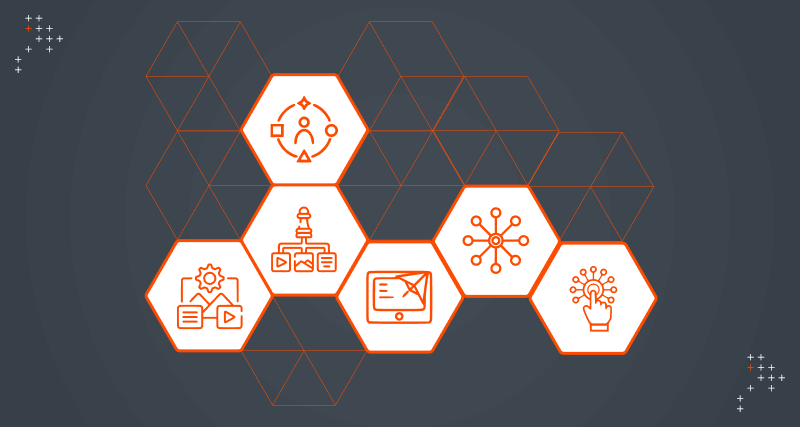
 We respect your privacy. Your information is safe.
We respect your privacy. Your information is safe.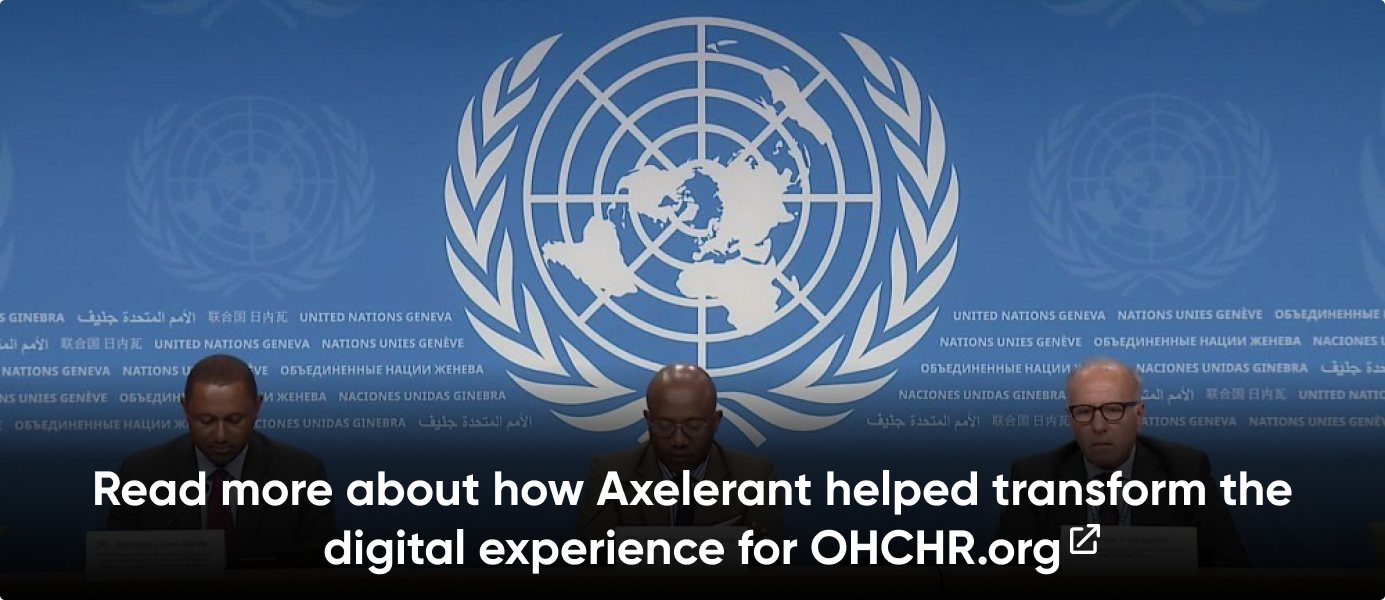
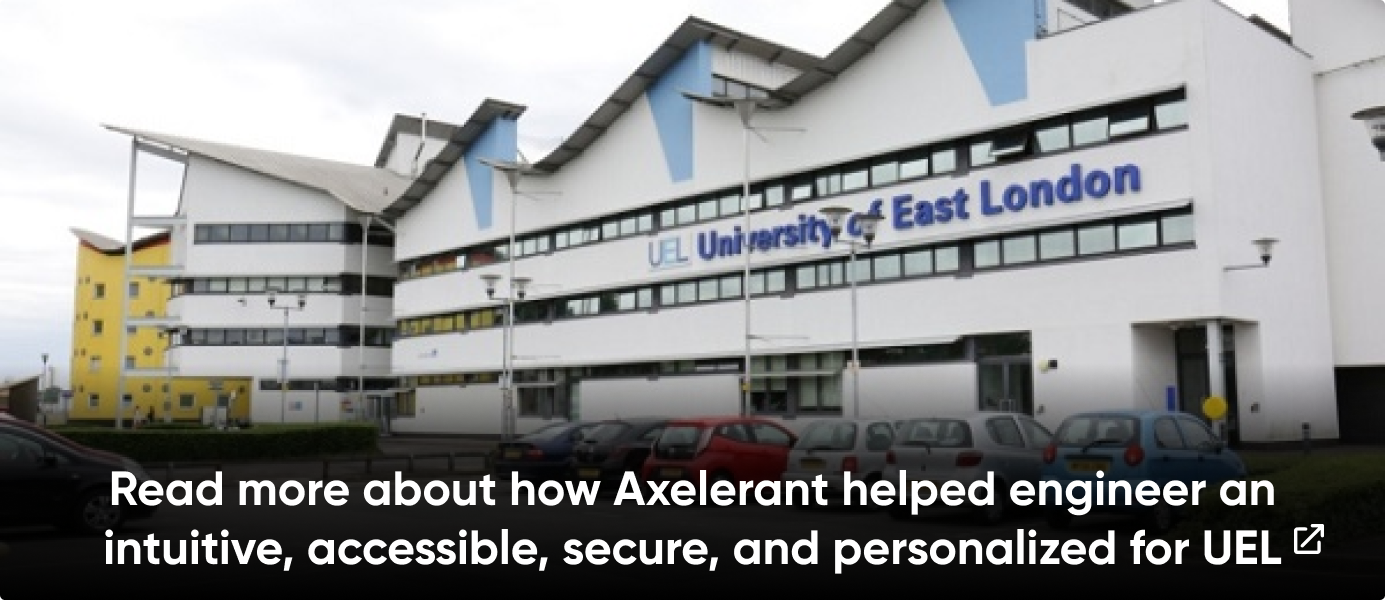
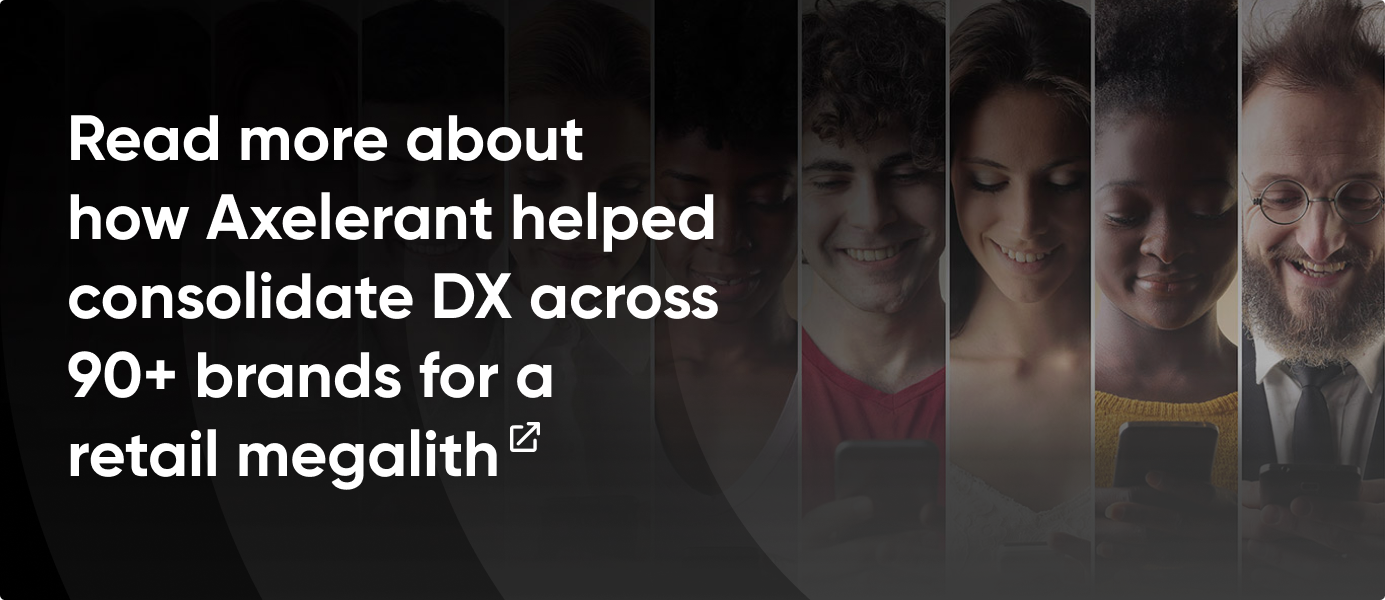




Leave us a comment